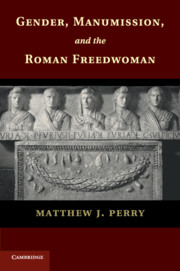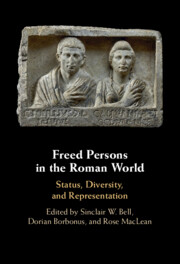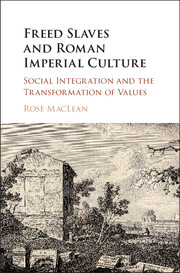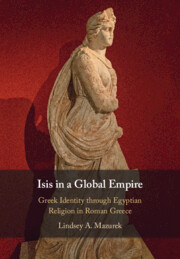Gender, Manumission, and the Roman Freedwoman
Gender, Manumission, and the Roman Freedwoman examines the distinct problem posed by the manumission of female slaves in ancient Rome. The sexual identities of a female slave and a female citizen were fundamentally incompatible, as the former was principally defined by her sexual availability and the latter by her sexual integrity. Accordingly, those evaluating the manumission process needed to reconcile a woman's experiences as a slave with the expectations and moral rigor required of the female citizen. The figure of the freedwoman - fictionalized and real - provides an extraordinary lens into the matter of how Romans understood, debated, and experienced the sheer magnitude of the transition from slave to citizen, the various social factors that impinged upon this process, and the community stakes in the institution of manumission.
- The first in-depth study of Roman manumission (the freeing of slaves) as a gendered process
- Will be of interest to scholars focusing on slavery, gender, and/or women in the ancient world
- Provides an extraordinary lens into how Romans understood, debated, and experienced the transition from slave to citizen
Reviews & endorsements
'This book is an excellent interdisciplinary answer to a narrow question. It engages with the multiple subfields of Roman slavery studies, gender studies, and legal history.' Anise K. Strong, Bryn Mawr Classical Review
Product details
September 2018Paperback
9781107697638
279 pages
230 × 153 × 17 mm
0.44kg
Available
Table of Contents
- 1. Gender, sexuality, and the standing of female slaves
- 2. Gender, labor, and the manumission of female slaves
- 3. The patron-freedwoman relationship in Roman law
- 4. The patron-freedwoman relationship in funerary inscriptions
- 5. The slavish free woman and the citizen community.






